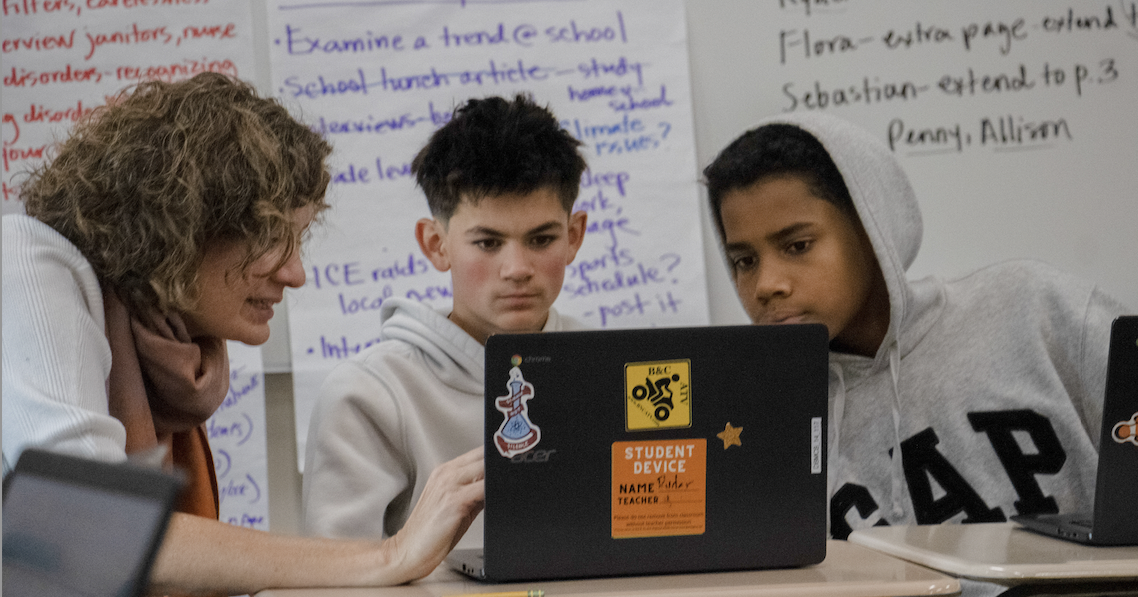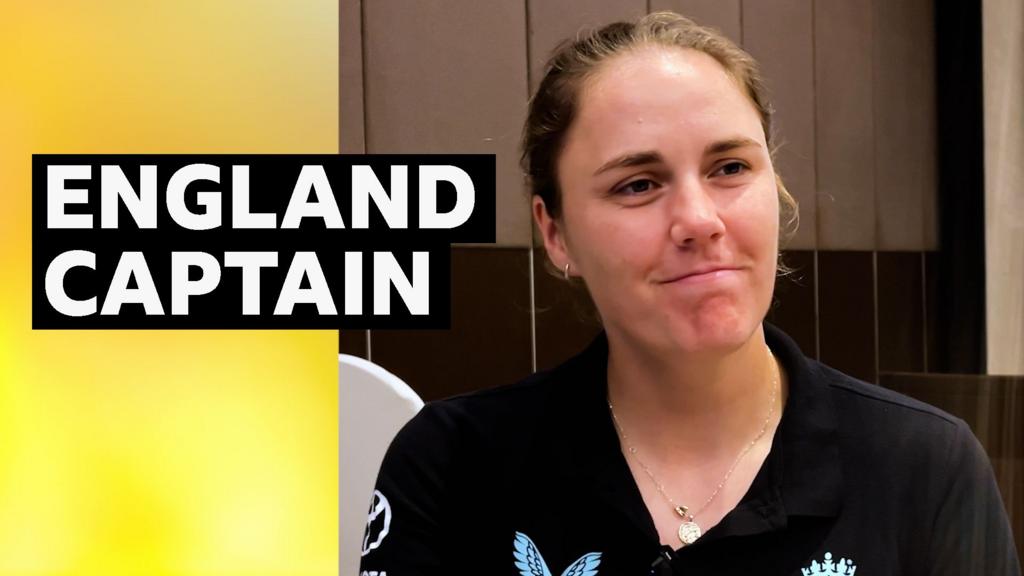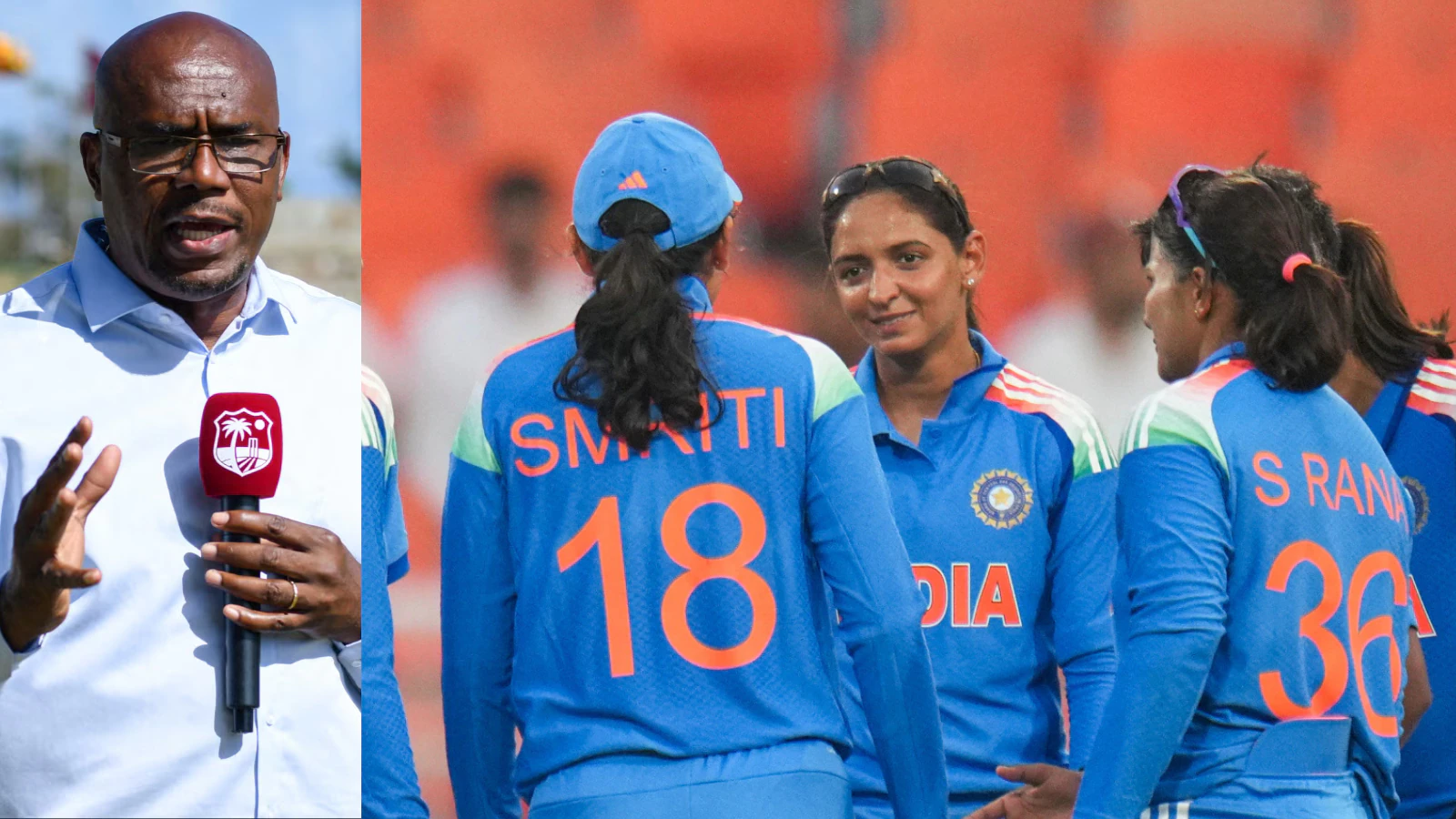Copyright berkshireeagle

GREAT BARRINGTON — When 19 seventh and eighth graders at W.E.B. Du Bois Regional Middle School were placed into a new “digital journalism” elective this fall, many of them didn’t choose it — and some weren’t sure what it even meant. Eight weeks later, they’re proud to call themselves reporters for The Spartan Scout, an online newspaper now on its second edition. The elective started as a gap-filler for students who didn’t play an instrument, said library media specialist Jennifer Guerin, who co-teaches the class with health teacher Hannah Gaschott. The elective began as a test run, but quickly turned into a newsroom. Each student pitches stories, writes drafts and edits peers’ work. The results — two digital issues totaling 28 pages — range from light features on favorite school lunches to thoughtful pieces on cyberbullying, anxiety and the history of artificial intelligence. “When we started, we thought it would be one issue, but the students were actually so into it and they were the ones who made us think we could do more because they wanted to,” Gaschott said. For most of the students, like seventh graders Teryn, Arbor and Khyia, a journalism elective would not have been their first choice. By the end of the quarter, students said they learned new skills and enjoyed writing about interesting topics. Most of the students said they were glad they were in the course. The project ties into health and digital literacy, focusing on evaluating sources, verifying facts and practicing responsible online communication. Gaschott has had a focus on media literacy along with digital literacy and safety, and had been talking with Guerin about collaborating on a project that would help promote these ideas. “It's actually worked out really awesome,” Gaschott said. Creating a newspaper gives students the opportunity to write on topics that they care about and for their work to be read by more than just their teacher and class. “We talk a lot about student voice and choice as teachers, but we don't often have the opportunity, or the time in our schedule to really give students voice and choice in their projects,” Guerin said. “And we are really lucky that we have this class where there's time and opportunity to practice that.” The paper’s first issue has already logged more than 250 views, and excitement is spilling into lower grades. “It's just really cool to see middle schoolers know that other people are going to read their work and talk to each other about who's seeing what they're producing,” Guerin said. “Watching students get excited about others hearing their voice and paying attention to what they think is important.” At first, many students wanted to write about sports. But by the end of the story ideation process and learning what makes a good story, their interests broadened. The teachers act as guides for the student journalists, helping them pick a story, write it, peer edit and format the digital edition on Book Creator. “I think the students know we're learning as we're going as well, so there's some fun in feeling like it's collaborative,” Gaschott said. Avery wrote about the dark background of generative AI, a topic on middle schoolers’ minds. Avery amassed more than five pages of notes and distilled that into 500 words. The article explained AI's impact, while boosting her AI knowledge and her research and writing skills in the process. After writing about video game addiction, Sebastian could choose what to report about next. With the help of teachers, he discovered that teachers were urging students to take care of their school-issued Chromebooks, so he decided to chase that lead. He interviewed the principal and two teachers about it. The eight-week quarter is more than just each student writing two articles, it starts off with lessons on media literacy concepts and skills. When students are waiting for peer edits or have finished their work, they continue learning about media literacy. In the final days of the quarter, students will review what they’ve learned. Students are assessed on their engagement and participation. “What's cool is that everybody has something to contribute, and when they get excited about it, that's awesome,” Gaschott said. “Even the students who maybe aren't super excited about writing can offer something like visual arts, so I really like that everybody is incorporated in a way.”



